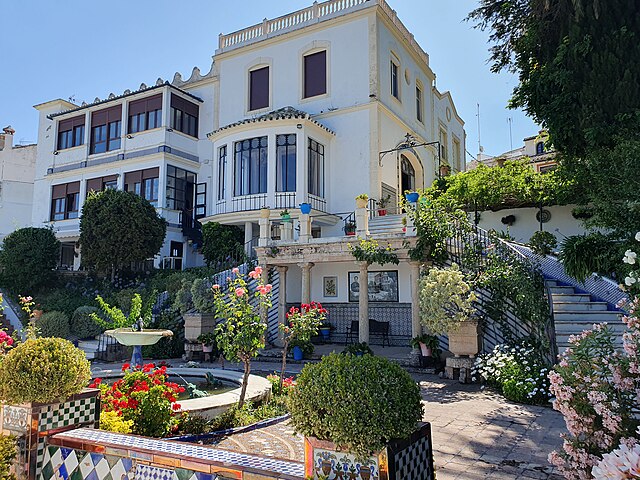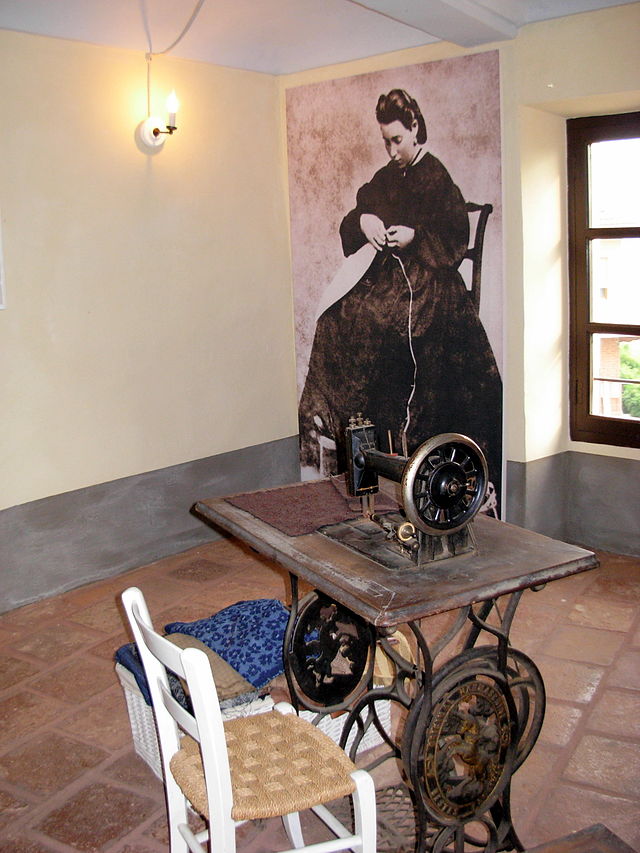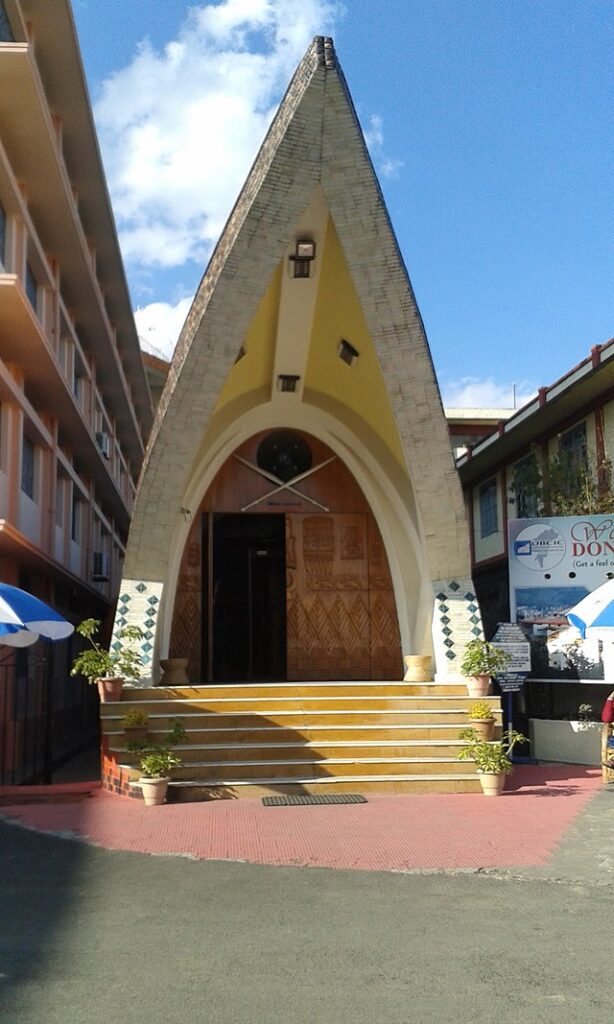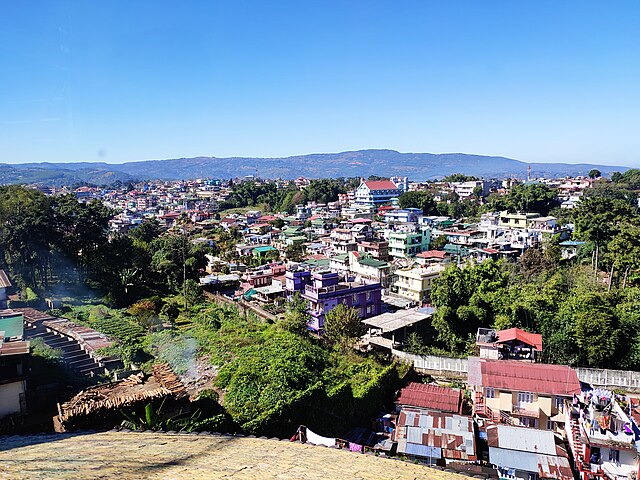Have you ever wondered what it would be like to step into a treasure trove that holds the cultural essence of Northeast India? The Don Bosco Museum stands as a magnificent testament to the rich heritage, diverse traditions, and natural beauty of one of India’s most culturally vibrant regions. This isn’t just another museum – it’s a gateway to understanding the soul of Northeast India.
What is Don Bosco Museum?
The Don Bosco Museum is a world-class cultural institution that serves as the premier repository of Northeast India’s indigenous heritage. Located in Shillong, Meghalaya, this remarkable museum houses an extensive collection of artifacts, exhibits, and displays that showcase the region’s diverse tribal cultures, natural history, and traditional way of life.
The Vision Behind the Museum
What drives a museum to become more than just a collection of old artifacts? The Don Bosco Museum was conceived with a noble vision – to preserve, promote, and present the rich cultural tapestry of Northeast India’s indigenous communities. The museum serves as a bridge between the past and present, ensuring that the traditional knowledge and cultural practices of the region’s numerous tribes don’t fade into obscurity.
The institution operates under the principle that culture is not something to be merely observed but experienced and understood. Every exhibit tells a story, every artifact carries the weight of generations, and every display invites visitors to step into the shoes of the region’s indigenous peoples.
Location and Accessibility
Strategically positioned in Mawlai, Shillong, the Don Bosco Museum enjoys excellent connectivity to the city center and other major attractions. The museum’s location makes it easily accessible to both domestic and international tourists exploring the “Scotland of the East.” Its proximity to educational institutions also makes it a popular destination for academic visits and research activities.
Historical Background of Don Bosco Museum
Understanding the museum’s origins requires us to delve into both its spiritual foundations and its commitment to cultural preservation. The story begins with a vision that extended far beyond traditional religious education.
Saint John Bosco’s Legacy
The museum draws its name and inspiration from Saint John Bosco, a 19th-century Italian priest known for his dedication to education and youth development. But how does an Italian saint connect to Northeast India’s cultural heritage? The Salesian Society, founded by Saint John Bosco, has been actively involved in educational and social work in Northeast India for decades.
The Salesians recognized that true education must include an appreciation and understanding of local culture and heritage. This philosophy laid the groundwork for what would eventually become one of India’s most comprehensive cultural museums.
Establishment of the Museum
The Don Bosco Museum officially opened its doors in 2001, but its conception began years earlier. The project was driven by the urgent need to document and preserve the rapidly changing cultural landscape of Northeast India. As modernization swept through the region, traditional practices, languages, and artifacts were at risk of disappearing forever.
The museum’s establishment represented a collaborative effort between local communities, researchers, educators, and cultural enthusiasts. It wasn’t just about collecting artifacts – it was about creating a living repository of knowledge that would serve future generations.
Architectural Marvel and Design
Walking into the Don Bosco Museum is like entering a carefully crafted narrative told through architecture and space. The building itself is a masterpiece that reflects both traditional aesthetics and modern functionality.
Traditional Northeast Indian Architecture

The museum’s design pays homage to the architectural traditions of Northeast India’s various tribes. You’ll notice elements inspired by traditional Khasi, Garo, Jaintia, and other tribal architectural styles. The use of local materials, traditional building techniques, and indigenous design motifs creates an authentic atmosphere that prepares visitors for the cultural journey ahead.
The structure incorporates bamboo, wood, and stone – materials that have been used by Northeast Indian communities for centuries. This isn’t just aesthetic choice; it’s a conscious decision to honor the sustainable building practices of the region’s indigenous peoples.
Modern Museum Facilities
While respecting traditional design principles, the museum doesn’t compromise on modern amenities and facilities. Climate-controlled galleries ensure the preservation of delicate artifacts, while state-of-the-art lighting systems enhance the viewing experience without damaging sensitive materials.
The museum features multiple levels, each dedicated to different aspects of Northeast Indian culture and history. Interactive displays, multimedia presentations, and hands-on exhibits make the museum experience engaging for visitors of all ages.
Collections and Exhibitions
The heart of any museum lies in its collections, and the Don Bosco Museum boasts one of the most comprehensive assemblages of Northeast Indian cultural artifacts in the world.
Tribal Artifacts and Cultural Heritage
The museum’s tribal collection is nothing short of extraordinary. With over 30 different tribes represented, visitors can explore the incredible diversity of Northeast India’s indigenous communities. Each community has its unique traditions, customs, and material culture, all beautifully represented in the museum’s exhibits.
Traditional Costumes and Textiles
Have you ever marveled at the intricate patterns and vibrant colors of traditional tribal clothing? The museum’s textile collection showcases the remarkable craftsmanship of Northeast Indian weavers and designers. From the elaborate ceremonial costumes of the Angami Nagas to the delicate handwoven fabrics of the Khasis, each piece tells a story of cultural identity and artistic excellence.
The collection includes everyday wear, ceremonial attire, and specialized clothing for different occasions and social roles. Visitors can learn about the significance of colors, patterns, and materials in different tribal cultures, understanding how clothing serves as a form of cultural communication.
Musical Instruments and Folk Art
Music and art are universal languages, and Northeast India speaks these languages with remarkable fluency. The museum’s collection of traditional musical instruments reveals the sophisticated musical traditions of the region’s tribes. From bamboo flutes to traditional drums, each instrument represents centuries of musical evolution and cultural expression.
The folk art collection includes wood carvings, bamboo crafts, pottery, and metalwork. These aren’t just decorative objects – they’re functional items that played essential roles in daily life, religious ceremonies, and social gatherings.
Natural History Displays
Northeast India is a biodiversity hotspot, and the museum’s natural history section celebrates this ecological richness.
Flora and Fauna of Northeast India
The region’s natural heritage is as diverse as its cultural heritage. The museum’s natural history displays introduce visitors to the incredible variety of plant and animal species found in Northeast India. From rare orchids to exotic birds, the exhibits highlight the region’s role as one of the world’s most important biodiversity centers.
Interactive displays help visitors understand the complex relationships between different species and their environments. The exhibits also explore how indigenous communities have traditionally lived in harmony with nature, developing sustainable practices that modern conservation efforts are now trying to emulate.
Geological Specimens
The geological diversity of Northeast India is reflected in the museum’s impressive collection of rocks, minerals, and fossils. These specimens tell the story of the region’s geological evolution and help visitors understand the natural forces that shaped the landscape.
Educational Programs and Activities

A museum’s true value lies not just in what it displays but in how it educates and inspires. The Don Bosco Museum takes its educational mission seriously, offering a range of programs designed to engage different audiences.
Student Tours and Workshops
Educational institutions regularly bring students to the museum for immersive learning experiences. These aren’t just casual visits – they’re structured educational programs that align with curriculum objectives while providing hands-on learning opportunities.
Workshops cover various topics, from traditional crafts and music to environmental conservation and cultural studies. Students get to interact with artifacts, participate in demonstrations, and engage with experts who bring the exhibits to life.
Research Opportunities
The museum serves as an important research center for scholars, students, and cultural enthusiasts. Its extensive archives and collections provide valuable resources for academic research, cultural documentation, and anthropological studies.
Researchers can access rare artifacts, historical documents, and audio-visual materials that aren’t available elsewhere. The museum also facilitates connections between researchers and local communities, enabling authentic and respectful cultural research.
Visitor Experience and Amenities
What makes a museum visit memorable? It’s the combination of fascinating exhibits, knowledgeable guides, and visitor-friendly amenities that create a truly enriching experience.
Guided Tours
While self-guided exploration has its charm, guided tours at the Don Bosco Museum offer insights that you simply can’t get from reading display labels. Expert guides share stories, answer questions, and provide context that brings the exhibits to life.
Tours are available in multiple languages and can be customized for different age groups and interests. Whether you’re a curious tourist, a serious researcher, or a student on an educational trip, there’s a tour format that suits your needs.
Interactive Displays
Modern museums understand that passive observation isn’t enough – visitors want to engage with exhibits actively. The Don Bosco Museum incorporates interactive elements throughout its galleries, allowing visitors to hear traditional music, watch cultural performances, and even try their hand at traditional crafts.
These interactive displays make the museum experience more engaging and memorable, especially for younger visitors who learn best through hands-on experiences.
Museum Shop and Cafeteria
No museum visit is complete without browsing the gift shop and perhaps enjoying a refreshing break. The Don Bosco Museum’s shop offers authentic handicrafts, books, and souvenirs that allow visitors to take a piece of Northeast Indian culture home with them.
The cafeteria serves both local and international cuisine, giving visitors a chance to taste the flavors of Northeast India. It’s also a comfortable space to reflect on your museum experience and plan the rest of your visit.
Planning Your Visit
Ready to explore the Don Bosco Museum? Here’s everything you need to know to make the most of your visit.
Opening Hours and Admission
The museum welcomes visitors throughout the week, with specific opening hours designed to accommodate different types of visitors. Regular hours typically run from morning to evening, with extended hours during peak tourist seasons.
Admission fees are structured to be accessible while supporting the museum’s conservation and educational activities. Special rates are available for students, senior citizens, and group bookings. It’s always wise to check the latest information before your visit, as hours and fees can change seasonally.
Best Time to Visit
While the museum is worth visiting any time of year, certain seasons offer unique advantages. The pleasant weather of autumn and spring makes for comfortable exploration, while the monsoon season provides a different perspective on the region’s natural beauty.
Consider timing your visit to coincide with special exhibitions, cultural festivals, or educational programs that might enhance your experience.
Transportation and Parking
Getting to the museum is straightforward, with multiple transportation options available. Public buses, taxis, and private vehicles all provide convenient access to the museum location. Adequate parking facilities ensure that visitors arriving by car won’t have trouble finding a secure place to park.
Impact on Local Community
Museums don’t exist in isolation – they’re part of larger communities and have responsibilities beyond their walls.
Cultural Preservation
The Don Bosco Museum plays a crucial role in preserving Northeast India’s cultural heritage for future generations. By documenting, collecting, and displaying cultural artifacts and knowledge, the museum ensures that important traditions don’t disappear as communities modernize.
This preservation work extends beyond static displays. The museum actively works with local communities to document living traditions, record oral histories, and support traditional craftspeople and artists.
Tourism Development
As one of Shillong’s premier attractions, the museum contributes significantly to the region’s tourism industry. It attracts visitors from across India and around the world, supporting local businesses and creating employment opportunities.
The museum’s reputation for excellence has helped establish Shillong as a serious cultural destination, not just a scenic hill station.
Future Developments and Expansion

Great institutions never stop growing and evolving. The Don Bosco Museum continues to expand its collections, improve its facilities, and develop new programs to serve its visitors better.
Future plans include digital initiatives that will make the museum’s collections accessible to people who can’t visit in person. Virtual tours, online databases, and educational resources will extend the museum’s reach beyond its physical boundaries.
The museum also plans to strengthen its research capabilities, establish partnerships with international institutions, and develop new exhibition spaces that will showcase even more of Northeast India’s rich cultural heritage.
Conclusion
The Don Bosco Museum represents more than just a collection of artifacts – it’s a living testament to the rich cultural diversity and natural beauty of Northeast India. Through its comprehensive exhibits, educational programs, and community engagement initiatives, the museum serves as a bridge between past and present, traditional and modern, local and global.
Whether you’re a cultural enthusiast, a curious traveler, or someone seeking to understand the complex tapestry of Indian heritage, the Don Bosco Museum offers an experience that’s both educational and transformative. It reminds us that preserving culture isn’t just about maintaining old traditions – it’s about understanding our shared humanity and the diverse ways people have learned to live, create, and thrive.
Your visit to the Don Bosco Museum isn’t just a tourist activity – it’s an opportunity to connect with the soul of Northeast India and gain a deeper appreciation for the incredible diversity that makes our world so fascinating.
Frequently Asked Questions
Q1: How long does it take to explore the entire Don Bosco Museum? A typical visit to the Don Bosco Museum takes between 2-3 hours to explore all the main exhibits comfortably. However, visitors with specific interests in anthropology, natural history, or cultural studies might want to allocate 4-5 hours to fully appreciate the collections. The museum’s size and comprehensive exhibits make it worth taking your time rather than rushing through.
Q2: Are photography and videography allowed inside the museum? Photography policies vary by section within the museum. Generally, non-flash photography is permitted in most areas for personal use, but some special exhibits or artifacts may have restrictions. Commercial photography and videography require prior permission and may involve additional fees. It’s best to check with museum staff upon arrival for current photography guidelines.
Q3: Does the Don Bosco Museum offer special programs for school groups? Yes, the museum has extensive educational programs specifically designed for school groups. These include guided tours tailored to different age groups, hands-on workshops where students can interact with replicas of traditional crafts, and educational materials aligned with curriculum standards. Schools should contact the museum in advance to arrange specialized programs and group rates.
Q4: What makes the Don Bosco Museum unique compared to other museums in India? The Don Bosco Museum is unique for its exclusive focus on Northeast India’s indigenous cultures and its comprehensive approach to cultural preservation. Unlike general museums, it specializes in representing over 30 different tribal communities with authentic artifacts, traditional architecture, and interactive displays. Its combination of cultural heritage, natural history, and educational mission makes it one of India’s most specialized and complete regional museums.
Q5: Can visitors purchase authentic handicrafts and local products at the museum? Absolutely! The museum shop offers a carefully curated selection of authentic handicrafts made by local artisans from various Northeast Indian tribes. Items include traditional textiles, bamboo and cane products, jewelry, wood carvings, and books about regional culture. Purchasing from the museum shop directly supports local craftspeople and helps sustain traditional art forms while ensuring authenticity for visitors.

